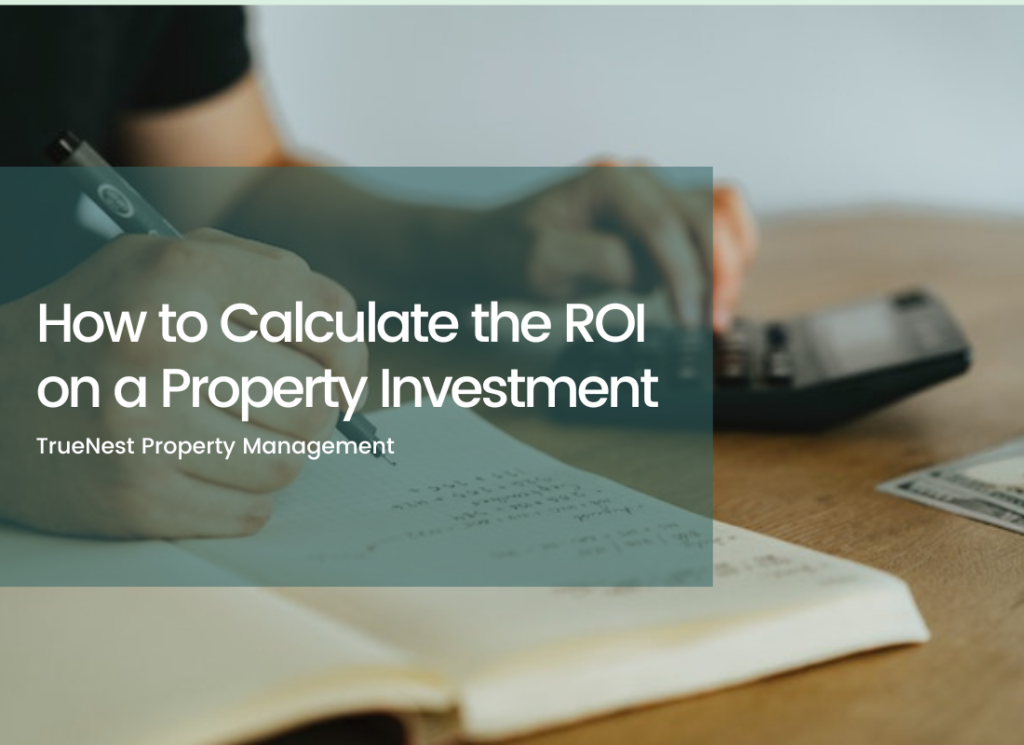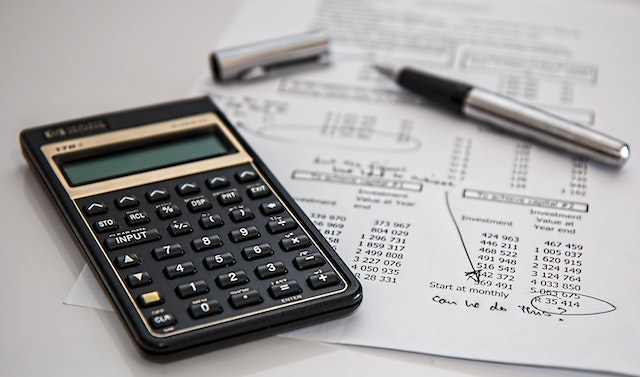How to Calculate the ROI on a Property Investment

When renting out your property, you typically categorize it as a long-term or short-term lease property. In this guide we will take a look at each of these property types to learn their optimal return on investment.
Long-Term Lease Property
When you rent out your property within a longer period, generally within six months or longer, you refer to your rental place as a long-term lease agreement. Most residential units, apartments, and commercial real estate would fall into this category with a regular rental due paid over a lengthy term.
This equates to stable returns. You also take advantage of property appreciation. The rate of return you can expect from a long-term piece of real estate is around 8 to 12% yearly and it will vary based on the market, property location, and management performance.
When determining the expected return, it will be the total of your rental income revenue, plus the potential capital gains when the value of your property increases. Investors must consider the operational expenses of running the rental, local property trends, and taxes, which can affect their returns.
Short-Term Lease Property
When you rent out your investment property for a short period, which can be any time under 30 days, you can classify it as a short-term rental property. Residential units or commercial structures can both be under a short-term lease.

You can even spot ads posted on property listings that advertise an entire home or single rooms inside a residential space. When it comes to short-term rentals, a return of 10% can be expected. Compared to long-term rentals, income can vary and fluctuate based on seasonal demand.
When it is off-peak season, the returns can be as low as 5% whereas peak seasons offer as much as 20% returns. Different factors must be considered for the return on investment. This can include the rental location, type of unit, and how well-managed the property is.
Calculating the Rate of Return On a Rental Property
Here are three ways to compute the ROI on your rental unit
Simple ROI Calculation
ROI = (Current Value of Investment – Initial Investment Cost) / Initial Investment Cost
For instance, if your initial rental property investment is $400,000 and its current value is $480,000. Your rate of return from your investment is 20%.
ROI = ($480,000 – 400,000)/ $400,000 = 0.2 = 20%
Although this method is simple, it lacks details on the profit you earned in contrast to other methods.
Cap Rate
Another way to compute your property’s profitability is through the cap rate or capitalization rate. This method informs you about the profitability of a rental when compared to other investment options.

The drawback is that it is not the best way to calculate the profit you make from a short-term rental investment because it requires a comparison of property values around your neighborhood. It is the ratio between your property investment’s net operating income and the price you purchased the unit.
The formula for the cap rate method is: Cap Rate = (Rental Income – Operating Expenses)/Initial Investment Cost
For instance, if your rental’s purchase price was $600,000 and you spent $6,000 for closing costs and $60,000 for renovations. Your total investment is $666,000.
Say, your tenants pay $4,000 in rental fees monthly then you will earn $48,000 annually. To get a more accurate ROI, we can deduct $8,000 for other operating expenses, such as insurance payments, taxes, maintenance fees, and additional property management costs.
Using this formula, your returns each year from your investment property would total $40,000. When computing the ROI from your rental unit, you must divide the annual return of $40,000 by your total initial property investment, which was $666,000.
Cap rate = ($48,000 – $8,000)/ $666,000 = 6.01%
Cash on Cash Return Calculation (COC)
In contrast to the cap rate and simple ROI calculation, COC is a bit more complicated if you finance your property investment through a loan. It is the ratio of your property’s annual net operating income plus the total rental property cash investment.

The COC formula is: COC = (Annual Cash Flow/Total Cash Investment) * 100%
For instance, you purchased a rental property for $600,000, placed a 20% deposit, and applied for a mortgage. The total expense would be $120,000 for the deposit, $9,000 for closing costs, and $40,000 for the property renovation.
You will have invested a total of $169,000 ($120,000 + $9,000 + $40,000)
When you finance your property with a loan, a monthly interest needs to be paid and this must be included in your calculation. If your monthly interest is at $4,000 per month and the renter pays $6,000 each month, then your cash flow is $2,000 monthly or $24,000 in yearly returns.
Using the COC formula, we can divide the yearly cash flow by the total cash investment of your rental unit to learn the rate of return on investment.
COC = ($24,000/$169,000) * 100% = 14.2%
As for cash-on-cash returns, a rate of 8 to 12% is an excellent return. However, some investors prefer a property to earn at least 20% ROI to be considered a worthwhile investment.
Bottom Line
Understanding the differences between long-term and short-term rental properties is key to making informed investment decisions. Both property types offer unique benefits—long-term rentals provide stable returns and property appreciation, while short-term rentals offer higher, yet variable, returns depending on market demand.
Calculating your return on investment using methods like simple ROI, cap rate, and cash-on-cash return will give you a clearer picture of your property’s profitability. To maximize your investment and ensure expert management of your property, contact TrueNest Property Management today.
Our professional services will help you achieve optimal returns and seamless management of your rental property. Reach out now to get started!
